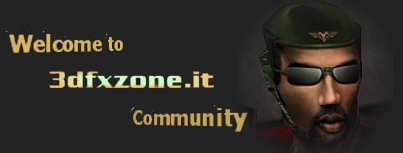- Welcome to 3dfxzone.it WorldWide Community
Notice ~
Are you searching for our italian Community Forumzone.it?FSAA in 2D games? How could it be possible?
Started by Kreshna Aryaguna Nurzaman, 11 December 2005, 11:35:15
Previous topic - Next topic
User actions
